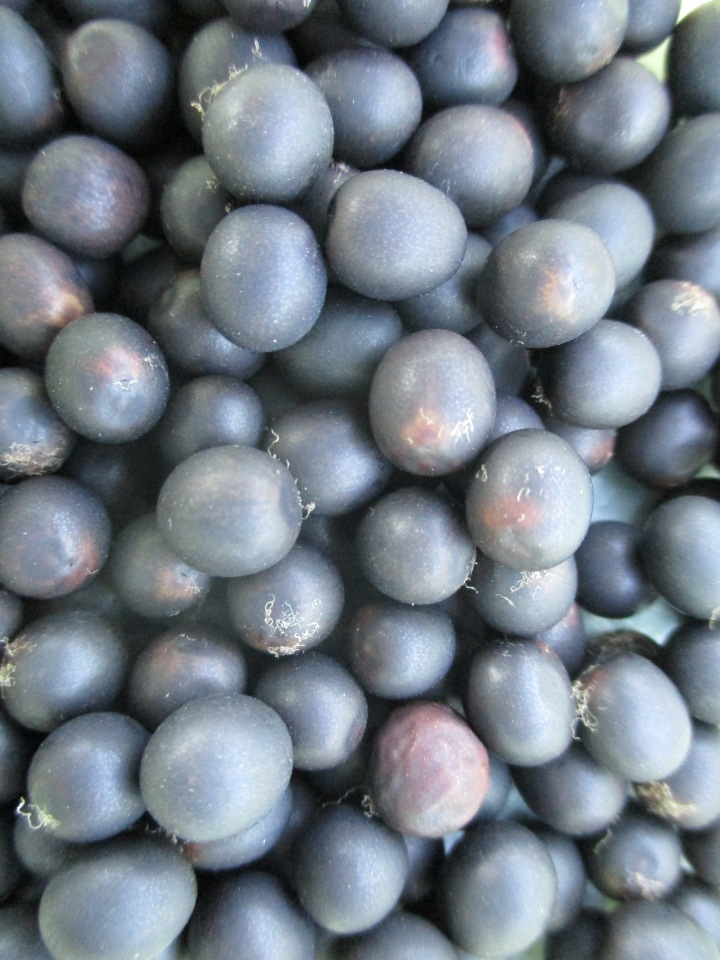 Flowers do not last forever. Whether they last for only a day, or weeks, they all eventually finish what they were designed to do, and then whither and deteriorate. They only need to stay fresh and appealing to pollinators long enough to get pollinated. After all, that is their only job. The next priority is the development of seed and any associated fruit structures that contain the maturing seed.
Flowers do not last forever. Whether they last for only a day, or weeks, they all eventually finish what they were designed to do, and then whither and deteriorate. They only need to stay fresh and appealing to pollinators long enough to get pollinated. After all, that is their only job. The next priority is the development of seed and any associated fruit structures that contain the maturing seed.
After bloom, most flowers are just ignored as they deteriorate and fall. Those in big shrubbery, vines and trees are out of reach anyway. Others are either too numerous or too insignificant to worry about. Of course, fruit and fruiting vegetable plants get to produce the fruits that they are grown to produce. Then there are few flowers that need to be ‘deadheaded’ after they are done blooming.
Deadheading is simply the removal of deteriorating flowers. The remains of sterile flowers might be deadheaded because they are unappealing. Deteriorating flowers that would like to produce undesirable seed or fruit after pollination might get deadheaded for the same reason, and to conserve resources that would otherwise be consumed by the developing seed and associated fruit.
However, there are a few flowers that might be left intentionally to provide seed for later. Different flowers finish at different times, and their seed gets sown in particular seasons, but most of those allowed to produce seed should probably be deadheaded through most of their season, with the last few blooms left to go to seed. The same applies to fruiting vegetable plants like pole beans.
Many flowering plants are genetically stable enough to produce progeny that will bloom mostly like the parents. Most are likely to be more variable, or revert to a more genetically stable form, even if it takes a few generations. Sunflower, cosmos, marigold, calendula, morning glory, columbine, snapdragon, campion and hollyhock are all worth trying.
California poppy, alyssum, nasturtium, money plant (honesty) and a few annuals that do not get deadheaded are often happy to sow their own seed.
A good reminder, Tony. Can you save the seeds from agapanthus?
LikeLiked by 1 person
Yes, and many people do. However, I do not for two reasons. Firstly, they are too easy to propagate from division; and they actually bloom better if occasionally thinned out. Secondly, the seed grown plants might be slightly different from the parents. For most, the slight variations, if they are even noticeable, are not a problem. Some actually enjoy growing them from seed to see what sort of variations they might get. I happen to like my original big blue and big white agapanthus, so see no need for improvement. However, seed grown plants are likely to have shorter leaves and straighter stalks, and many people prefer that style. Floral color is typically either blue or white, but might be lighter blue, or white with a very pale blue blush. It takes tow years or more for them to bloom, but might be worth it. If you would like to grow them seed, the seed capsules should be allowed to remain on the plants until they dry and start to split open. That might not happen until autumn.
LikeLiked by 1 person
Thanks, Tony. I’ve had some plants for nearly eight years and they have never flowered, which makes me wonder if you should always buy this type of plant in flower?
LikeLiked by 1 person
There is no need to purchase them in flowers, unless they are a potentially genetically variable seed grown crop, and you would like to select preferred hues of blue (or white). They all should bloom; and if they do not, they will not make any seed.
LikeLike
One of my favorite gardening tasks is collecting seeds. I also allow many plants to reseed on their own and then move the seedlings to where I want them.
LikeLiked by 1 person
Some of the best do not need to be collected. Alyssum always comes back. I really do not want to collect those tiny seeds!
LikeLiked by 1 person